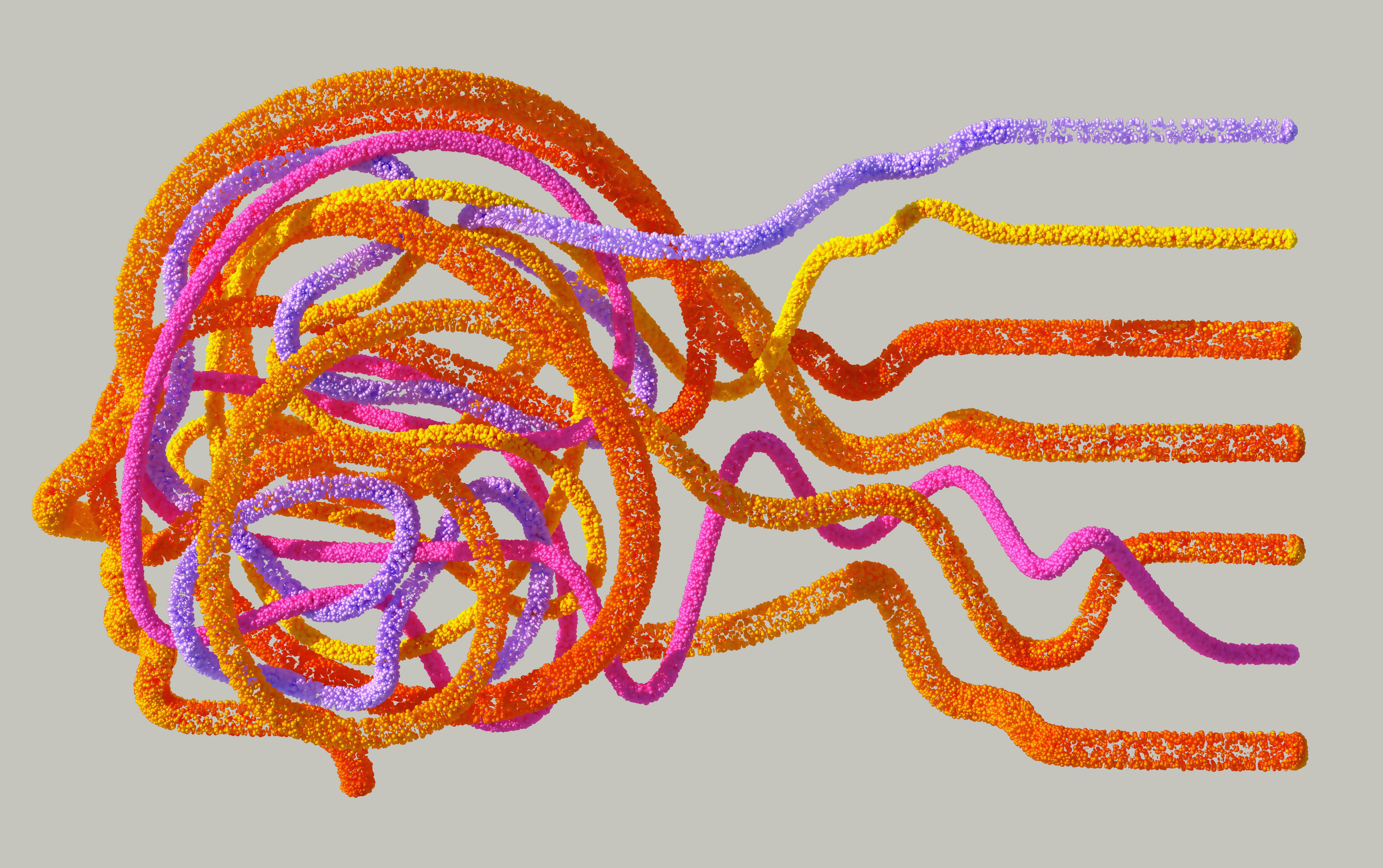Soon-to-be published editions of dictionaries will list "InsureTech" as one of the newest words. We all own a piece of that new word and all that comes along with it. More than a new word, it is becoming a new world in the insurance industry. We're on an InsureTech expedition.
Having spent decades of my life developing products, marketing programs and delivery systems in the life insurance vertical, I feel compelled to share some insights into the unique characteristics of the life insurance segment within the InsureTech movement. I will offer a recipe for an end-to-end digital system that bypasses legacy system quagmires and shifts digital life insurance sales into warp speed in both the consumer-direct and agent-broker categories.
But first a few words about what makes life insurance different from other types of insurance, along with some commentary on the state of affairs in today's market.
Life Insurance Is Optional
Let's think about the major types of insurance that consumers buy. Auto, home, health and life. We are required by law in all but two states to have auto insurance. If you have a mortgage on your home, you are required by the lender to have homeowners insurance. Federal law now requires that most of us must have a health insurance policy. These types of coverage are not optional. You don't see articles about a trillion-dollar middle market coverage gap in the auto and homeowners insurance segments.
See also: What’s Next for Life Insurance Industry?
But there is a trillion-dollar life insurance coverage gap in the middle-market today in the U.S. Why is that?
First, the process of obtaining a life insurance policy for typical middle-market needs is overwhelming, tedious, intimidating and mysterious for consumers. We're talking about a basic term life policy with coverage of $250,000 or $500,000 or, OK, perhaps a million dollars of coverage in some cases in the middle market. Seems like it should be easy. But, even though we have seen price reductions across the board during the past 20 years for term life, individual life insurance ownership has actually decreased. The buying process is broken.
Second, combine the antiquated buying process with the fact that the purchase of life insurance is optional, and consumers repeatedly push the chore of buying life insurance to the bottom of their to-do lists. To make matters worse, because the fulfillment process for these smallish policies is so expensive for brokers and agents, they cannot make a profit focusing on the middle market. You end up with an unmotivated distribution system and a trillion-dollar coverage gap.
You Also End Up With a Trillion-Dollar Opportunity
I've taken it upon myself to write down the recipe for a digital process for capturing a sizable share of that opportunity.
This is what we need to mix together to end up with a complete system that is capable of starting with "Hello" and ending minutes later with a completed transaction: an "in-force" policy for the consumer.
- User-friendly graphical user interface for both consumers and agents. (You would be surprised.)
- Easy quote engine -- provides all relevant price quotes so you don't jump back and forth looking at one quote at a time. First thing I notice about most designs is that you have to keep re-entering inputs to see different quotes instead of being able to scan all of them on one screen.
- Digital life insurance application process. Simple application language. Find just the right balance between just enough questions and not too many questions per screen.
- Decision time. Consumer-direct or agent-assisted? Both models will become more numerous in the marketplace. Carriers need to understand that many consumers need and want some level of assistance. So, carriers need to be prepared to offer chat and over-the-phone assistance to complete the online process. Perhaps even full-blown call center agent "take over" of the application process when the applicant calls for help. Or some combination of these.
- Collection of contact information from website visitors who are "just looking" so that carriers can conduct email and phone nurturing campaigns. Carriers need to understand and appreciate the tremendous dollar value of these campaigns and not leave a huge percentage of potential revenue on the table.
- Compliance with Do Not Call and telecommunications statutes and CAN-SPAM. By the way, CAN-SPAM is widely misunderstood, and many marketers do not understand the generous powers it provides to contact potential customers via email. Email is still the "killer app" it was labeled as many years ago. Text messaging is a first cousin for certain market segments. Special language is needed on website(s) dealing with consumer permissions to use their mobile number.
- Secure payment gateway to provide PCI-compliant credit card processing and deliver premium payments to the carrier. The ability to accept consumers' checking or savings account numbers for payment is also necessary. Payment screens need to be seamless, transparent and simple.
- Secure digital signature interface for consumer-direct and face-to-face sales as well as agent-assisted phone sales. All are slightly different. All are important. Again, seamless, transparent and simple.
- Behind-the-scenes secure interfaces to the Medical Information Bureau (MIB), motor vehicle records (MVR) provider and pharmacy records (Rx) provider must be built to provide capability for real-time queries and retrieval of third-party data.
- If the life insurance product being purchased does not require a medical exam ("non-medically underwritten," which requires no blood or urine tests), then the process can proceed to the next step, which is the underwriting decision engine. If the design and pricing of the life insurance product do require blood and urine testing ("fully underwritten"), then the system will present a screen in the process for an appointment to be scheduled. Many designs are getting away from blood and urine testing, but, to be realistic, these tests will still be needed in many cases for years. This topic deserves to be considered in the system design sessions.
- Underwriting decision engine that compiles all answers provided by the consumer on the digital application form with the MIB, MVR and Rx data. In real time, the underwriting engine then renders a decision on the application. Some straight-through systems are considering using third party software for this. Others have their own, proprietary engines that afford much faster adjustments to the underwriting engine rules and settings. Controlling the underwriting engine technology also can be the difference between a "go" or a "no go" answer when seeking to add features, change processes, edit code and take other similar actions, which are needed on a continuing basis, and sometimes quickly.
- As applications are approved, the system must package the approved policy for the state of issue with all the necessary additional pages, such as HIPAA forms, Consent to Do Business Electronically forms and other pages, which can vary from state to state. This policy package must be provided to the new customer, the policyholder, in real time using a secure link for downloading.
- All data pertaining to the new customer's file must be transferred to the carrier's administrative system in real time. A new customer is born.
- Finally, a deep and broad suite of analytics must be baked into the system's DNA and designed to manage the business being put on the books on a daily basis. Take this data in real time and reinforce what is working. Correct that which is not. Just this one necessary component alone could be the topic of an article several times the length of this one. We'll get right on that.





